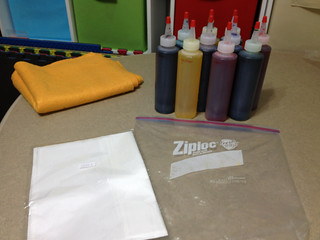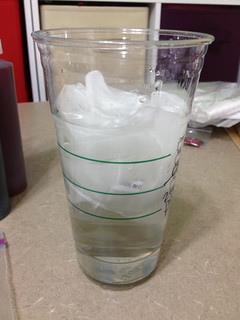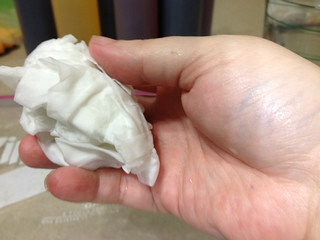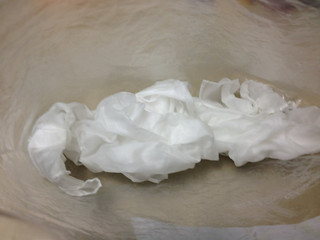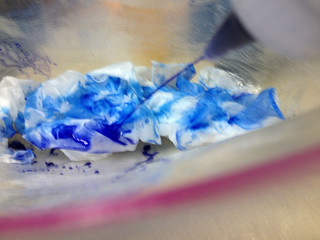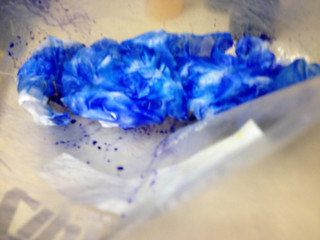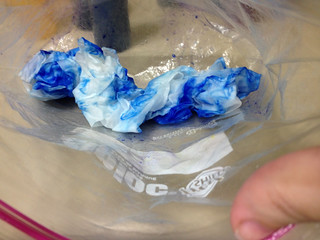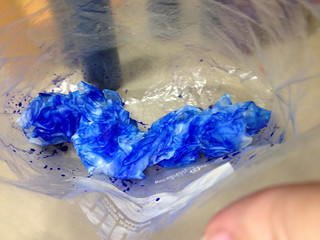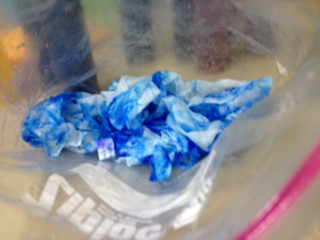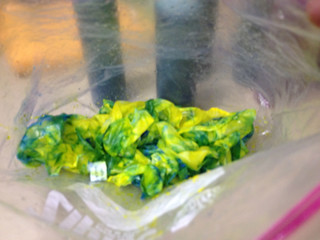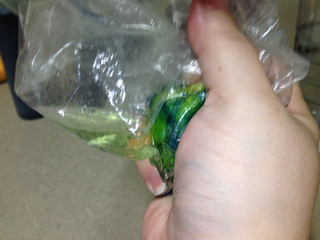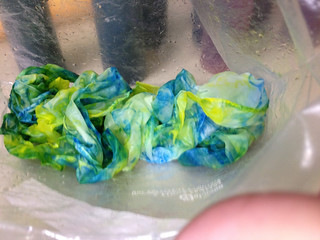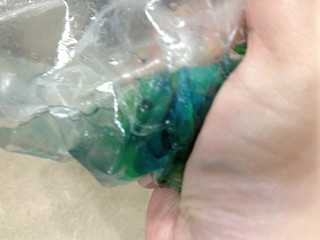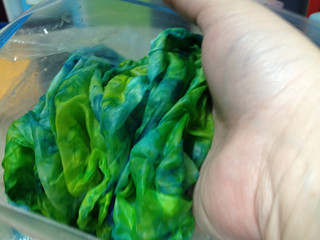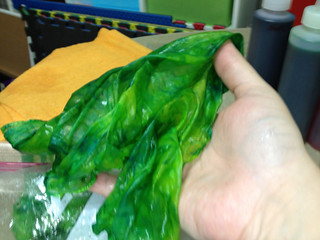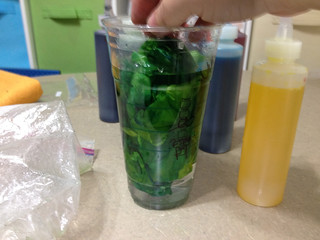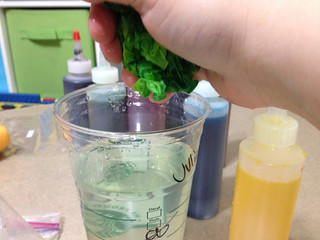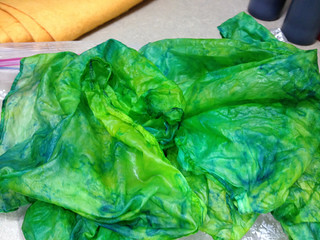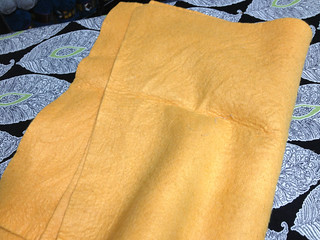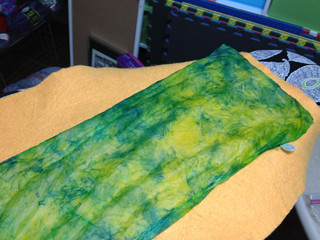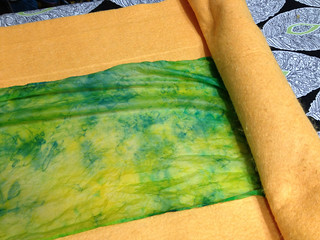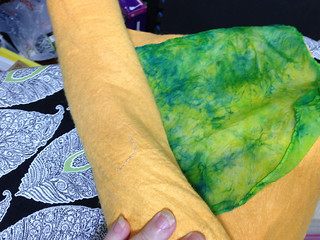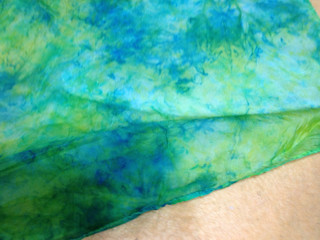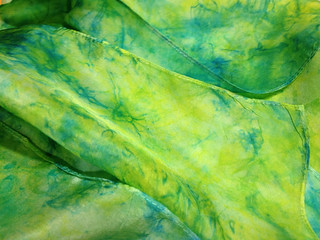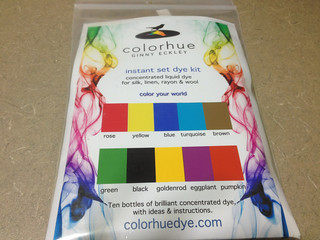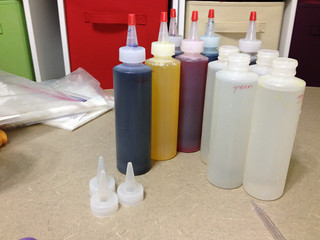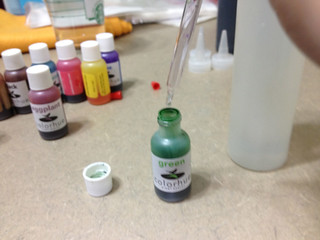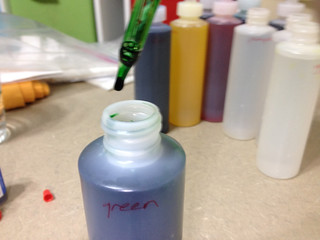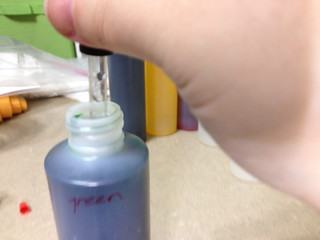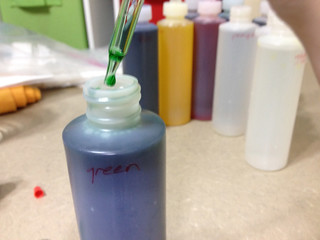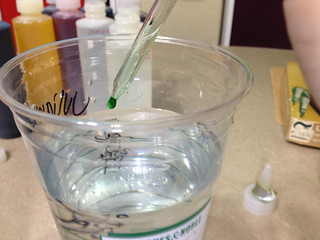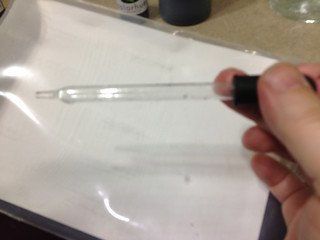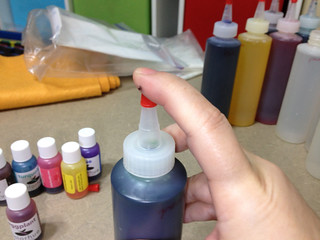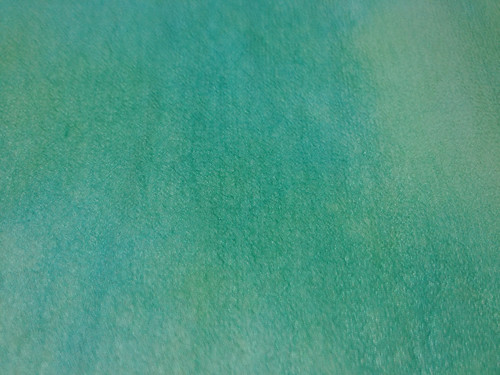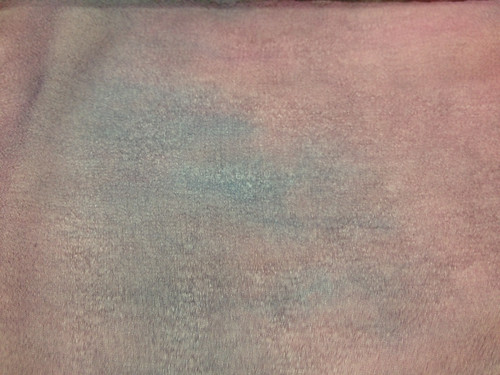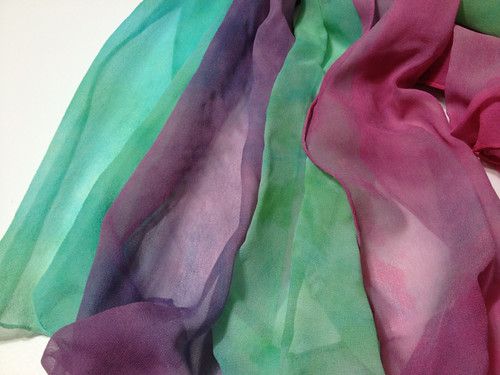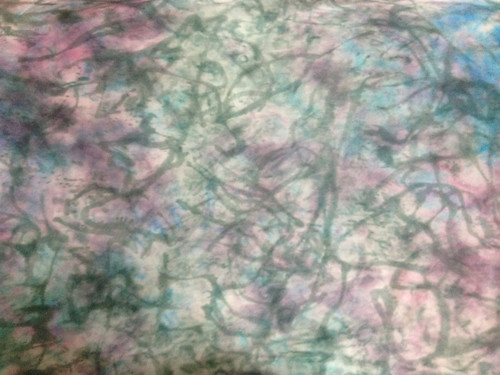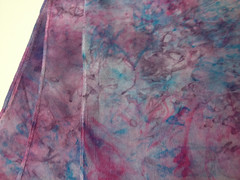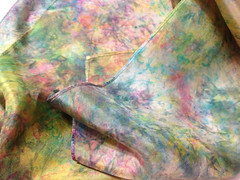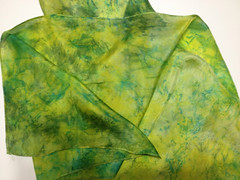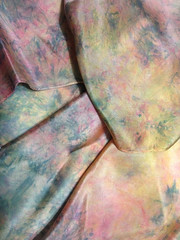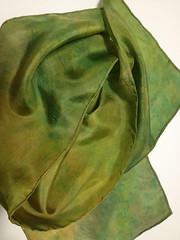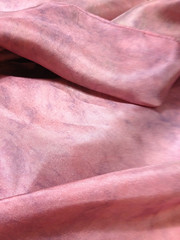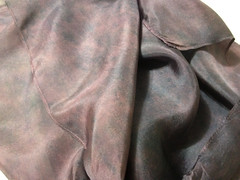I’m going to come clean about why I haven’t been blogging. It’s not that I have a dirty secret to hide, but that the topic is difficult for me to talk about, in more ways than one. But last night I was sitting in my wheelchair at a Ninja Panel hosted by Amanda Palmer (@amandapalmer) where she brought up the subject of Kathleen Hannah and her autobiographical film, The Punk Singer. Hannah was known as a brash and bold riotgrrl, with a huge personality. In 2005 she quit music in the middle of a tour, just walked out with the excuse that she had nothing more to say, she’d already said everything she had in her. But that was not the truth. This story was being told in the context of women not being believed or taken seriously, and Hannah had a double dose. You see, she wasn’t out of things to express, she was ill. She’d been fighting undiagnosed Lyme disease (not unlike one of the diseases I have, fibromyalgia) for six years at that point, but with her in-your-face personality, plus the fact that people already brushed her off for being a woman, it was easier to say “I quit” than “I can’t”. No one knew what it had taken out of her to keep up her persona through the disease, so no one would believe it if she said she was too ill to carry on. (Apologies if I have misinterpreted this story, I haven’t seen the film myself, only heard the discussions in the panel last night.)
While this discussion was perhaps one minute in a three-plus hour event, I felt like I had been pierced through the heart. Not only do I know what it is like to have people not believe that you are ill, or that you are as bad off as you are, I also know what it is like to put on a “healthy” persona but also to lose your ability to express because illness has taken it from you. So while this probably won’t surprise too many people — after all I am The Sick Chick — I’m going to be painfully honest about it in ways I don’t usually do anymore. People on the internet usually turn away and don’t want to hear sob stories about sick people, but it needs to be shared and I hope that in the telling I can reach even one person who doesn’t already get it.
I used to be a professional journalist, before I went to law school (which is even more writing). While in law school I became an editor of several official university publications, including the uni magazine and some academic journals and books. My hobby was online games; this was in the day before the pretty graphics, where my flavor of online gaming was just telling collaborative stories, acting out your own character’s part in the midst of other characters and storylines, all in text form. It was just a form of fiction writing. This hobby consumed more than a decade of my life and led to professional writing gigs in game books and magazines, but more importantly it meant I was writing up to 16 hours a day, and that was on my days off!
In 2005, the same year that Hannah quit, I had to give up online gaming of that sort because my hands could not manage to type that much and voice dictation software was not advanced enough for that heavy a usage. I cannot begin to describe the hole in my heart, that I feel even now. I still have nightmares from time to time of seeing text roll up the screen and my hands can’t keep up with responses. I consoled myself then with blogging, which I had begun in 2001. But by 2009 even that was becoming difficult. Keeping up with reading other blogs, commenting, replying to my commenters, etc. was draining. I loved it, I loved the people, but I just couldn’t do it anymore. I was experiencing cognitive decline, for reasons we’re still not sure of, and my mind just couldn’t process everything. Again, another hole was ripped out of my heart. I moved to Twitter full-time (I’d been on since 2007) because my cognitive powers could allow me 2-3 sentences and short back-and-forth conversations — perfect for the tweet — but anything more than that was a challenge.
2012 I tried to take up blogging again. I started well enough, and even wound up writing for other blogs and publications. But within just a few months the anxiety of deadlines and the fact that it was taking me four times as long as my colleagues to produce the same work led to countless hours of tears from frustration, fear, and anxiety. Since none of this work was a real paying gig I felt I had no choice but to give it up or risk triggering a full depressive episode (I am bipolar). Around that time even Twitter became hard to manage and I stopped being on it countless hours per day and it slipped to just an hour or two at most.
August of 2012 led to the lowest points ever in my writing ability. I went on a medication that helped my body but sucked out my mind. It crept up on me gradually, so while I knew I was struggling more and more with memory and writing — even reading my email was out at this point, let alone replying — I didn’t associate it with the medication at first. It got to the point where I had an incredibly important document to produce and it would take over an hour to write a single sentence. There are no words that can truly express the despair I felt, and the anxiety and fear of not getting this document done on time. My brain was more broken than ever before and I couldn’t even communicate with the outside world. I was trapped in my bed by my body having a flare that lasted four months and I was trapped in my head by the combination of my cognitive impairments and this drug that was robbing me of the very last dregs of my ability to speak and write.
Remember, now, that I used to be a professional writer. Maybe then you can imagine how I felt that once again, having lost a great deal of the functionality of my body, now I had lost the use of my mind. Again, there are no words to adequately describe this. I felt utterly useless as a human being and like I would never achieve anything ever again. My dreams of founding a charity to bring the healing power of creativity to other chronically ill adults seemed completely impossible given the state I was in.
Fortunately, we realized the negative contribution the medication was making and I was able to slowly taper off of it over a period of months. It’s been almost two months now since my last dose and I can feel synapses firing properly again. It is still a huge struggle to write; I have no idea if this blog will ever take off again, but as I will explain in a later post so much of success in the directions I want my life to now go depends on me being able to write consistently and with my former skill. I have a psychiatrist who is working with me to try to reverse the cognitive impairments, but it will be a long road and there are no guarantees. I used to have an IQ of 152, but I am fairly certain that if tested now I’d at best test as average and on my worse days probably below. That is a heartbreak that also cannot be explained in words. It is a howling wind of pain that blows through my soul every day. It is a grief that does not heal.
There is still what I call the invisible wall that comes between me and my words. I *want* to speak out, but so much of the time when I try I feel myself slammed against some invisible barrier that stops me dead in my tracks. I’ve gotten so used to this wall that it doesn’t make me cry every time anymore, indeed I just accept it as part of what I have to go through just to live. But I wanted to let you all know that it is there. To know that when you do hear from me, as I sincerely hope you will more and more in days to come, that it is not easy.
But I also believe in the power of art and writing to heal, so I am going to attempt to tackle this wall with brute force. I hope you will hold my hand through this process and also forgive silences when the wall stops me. I know I need to build my “platform” in order to do the good that I want, in order to establish my charity on sound footing, because without platform there is no support and without support I am only one voice, barely squeaking out a few notes into the wind.
Please bear with me. And please consider helping me with my charity efforts, as I will outline again in my next post (To Crowdfund a Charity or Not?). As inspired by @amandapalmer, I am asking. I can’t do any of this alone. I need you all to help in my journey.
Thanks for your time in reading this. If anything was unclear, or you want more information, please ask. But please also keep in mind that it may take me a few days to reply. My brain can only do so much in any day. Thanks.
